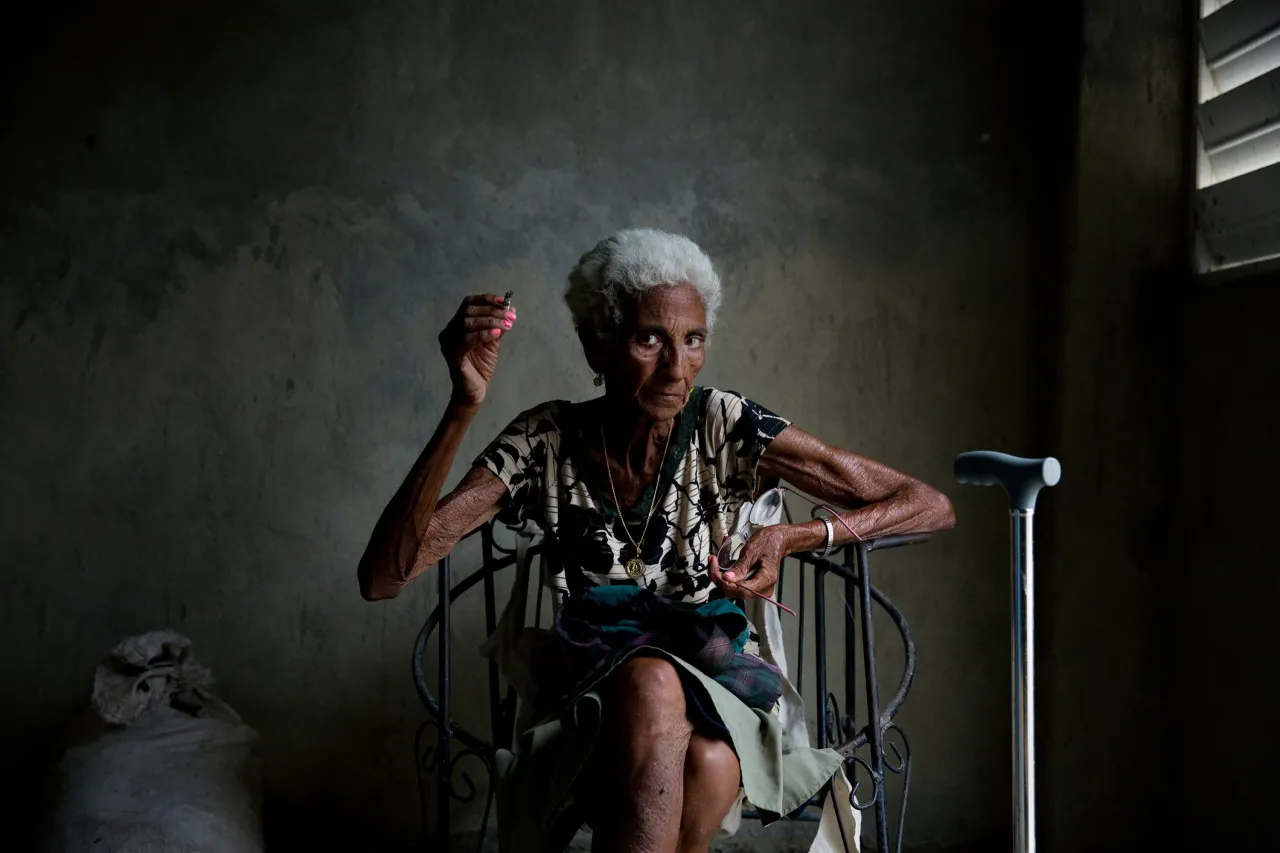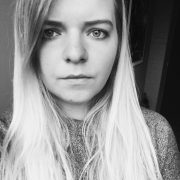Up Close and Personal: Interview with Wildlife Photographer Anup Shah
Anup Shah is a wildlife photographer with decades of experience in his field. His recent series are a timeless collection of photograph captured at a reserve in Kenya. We’re used to seeing wildlife photography in color, but Anup brings a new twist to the genre. His black and white photographs capture the spirit of the animals in a new light. His angles are absolutely stunning and the message is loud and clear to those that appreciate the art of black and white photography.
This series of photographs translates power, beauty and the souls of creatures that we never get to interact with. Anup brings us closer, to show us how these animals behave so that we can truly appreciate them for what they are – wild and free.
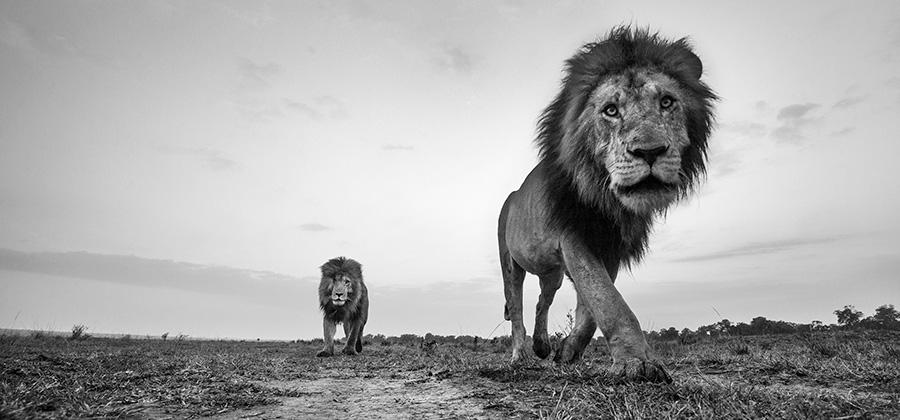
Could you tell us a little bit about your professional background?
I have been a full time wildlife photographer for 20 years now. I was born and brought up in Kenya, went to U.K. for further education and then reverted to my passion once I had built up contacts and saved enough money. I have never looked back since.
I received the National Geographic call that most photographers dream of for my first assignment for the magazine in 2001. This was followed by seven more assignments and having features in every major magazine in the world.
By now I had gotten fascinated by fine art photography and wondered if I could hit the sweet spot between documentary photography and fine art photography. This journey began with publication of three photography driven books for the New York art publisher, Abrams. My latest project published in book form, The Mara, is an attempt to have the viewer feel what is it like to be intimate with wild animals and thereby feel a primeval connection. This distinctive style of photography is characterized by an unusual perspective that serves to impart immediacy and inclusion. The viewer might as well be immersed in the private space of a wild animal, mentally, emotionally, and intellectually, breathing the special air of the wild.
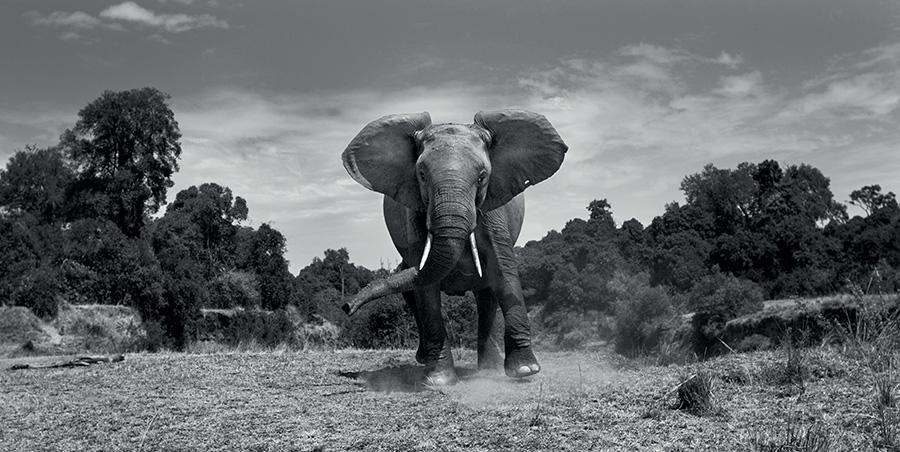
I was featured in The World’s Top Wildlife Photographers book (Rotovision 2004) and in Horzu magazine (February 2010) as one of the five best wildlife photographers in the world. I am also one of the 10 ‘Masters’ featured in the book Masters of Nature Photography (Natural History Museum September 2013).
In the past, I has exhibited (solo) at venues such as Visa Pour L’Image and (group) The Natural History Museum, London. More recently, in 2016, he had solo exhibitions at Umbria World Festival, Italy and Konica-Minolta Gallery, Tokyo.
How did you find your niche in black and white wildlife photography?
I got frustrated with colour wildlife photography. Its primary use in this genre is to duplicate reality, i.e. document. Colour is too real. Yet when I am in the wild with the animals, they move me in an elemental way.
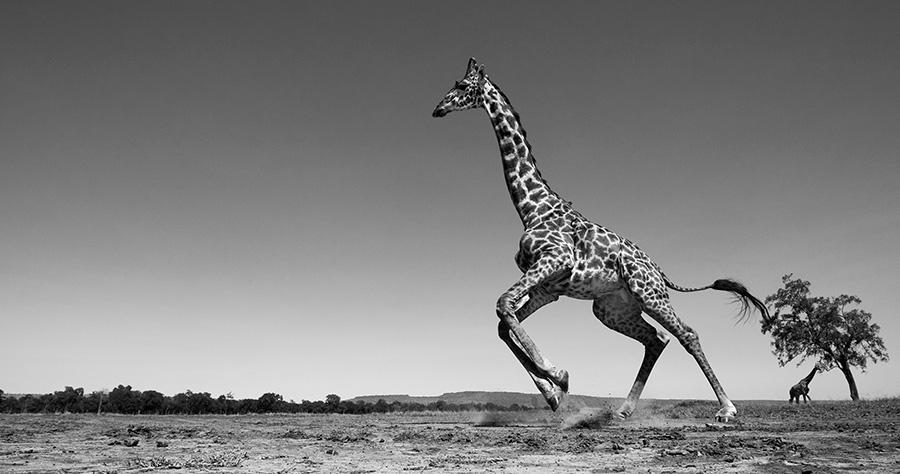
Could you elaborate on your preference to black and white photography?
Colour has its place, of course. It is excellent for documentation. And when the colours are rich and vivid, that is the medium to photograph in. But photography is also expression and I think black and white works better at that.
When I am in the wild with the animals, they move me in an elemental way. I think black and white photography can communicate my feelings better. Black and white also has the potential to reveal the essence, to lift out the soul, of wild animals. It seems to capture the truth that lies beneath the surface.
Black and white also opens up a world of tone, texture, lines, contrast, light and shadow, – a different world – within which to balance the personality of an animal. Black and white was a natural fit for the world I was imagining.
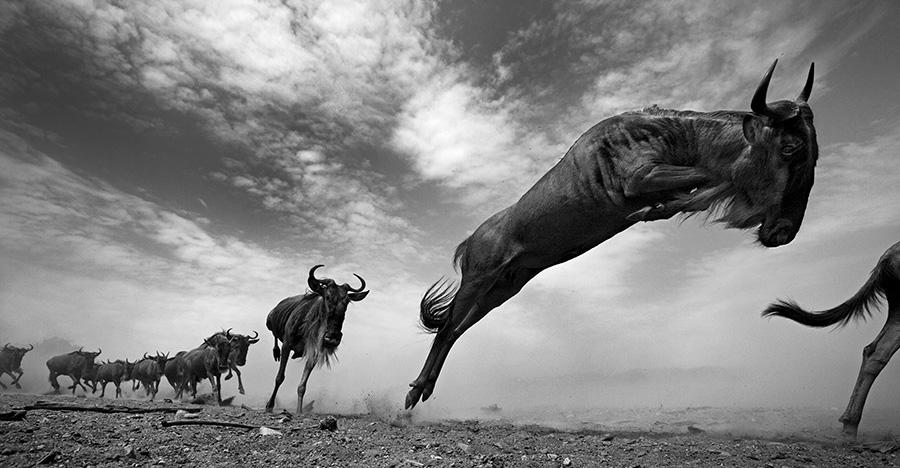
Your series “Holocene” have some very up close photographs of what I assume are stampedes. What is your technique for shooting so close to your subjects?
I have three cameras with three wide angle lenses of varying focal lengths in protective housing, equipment to control the cameras remotely, a 4 by 4 wheel jeep, a pair of binoculars, classic fiction books such as The Great Gatsby, non-fiction books on everything except politics. A sense of humour too, I think.
I get up before dawn and drive from my tent to one of my ‘outdoor studios’ – places where the animals return, where the light is good, and the background is pleasing. Then I set up my camera, which is in a housing, and camouflage it. Then I remove myself to about 50 yards away. From inside my jeep, I can watch the scene in front of the camera on a screen and can operate the camera remotely, altering the shutter speed, zoom in and out, and, when the moment comes, press the shutter. Then it is a question of waiting. I can be there all day. Sometimes I read, sometimes I write. At other times, I just watch. The Mara is largely plains so that you can see for miles. I get caught up in all that and time sails by.
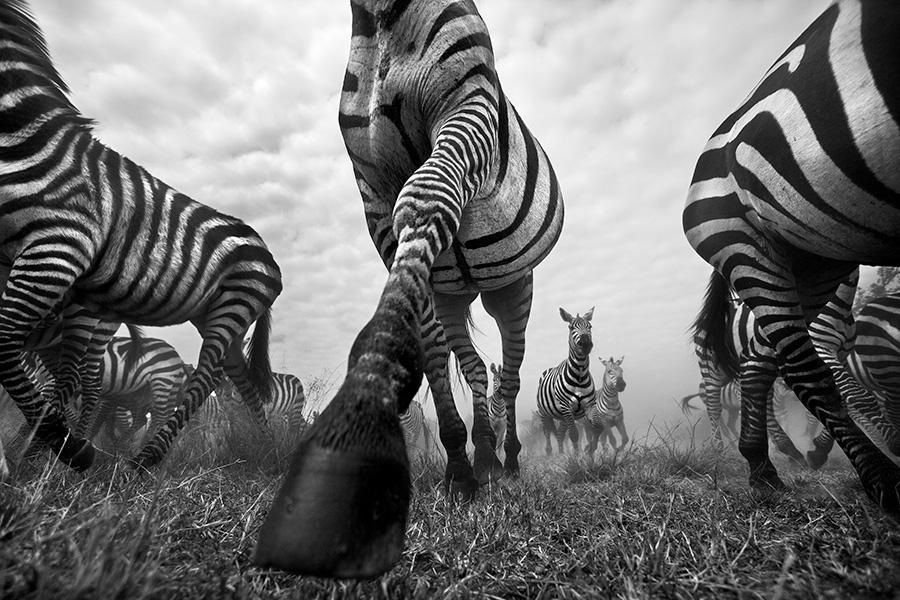
Have you ever put yourself in danger to take one of your winning shots?
Actually, I am quite far away from the animals but the camera is very near them.
I have never been in a dangerous situation with animals. The welfare of the animals comes first and so I have to be extra careful to have them relaxed, doing what comes to them naturally. Suppose I put myself in danger to get a special shot and I got injured. The consequence would be that the animal would be shot by the park authorities because it had become ’dangerous’. That is neither the truth nor right nor fair.
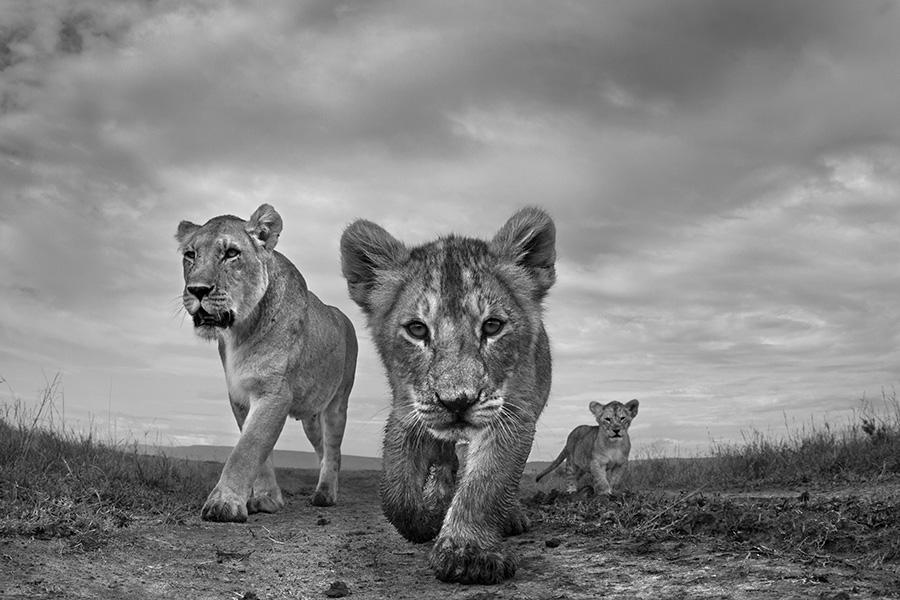
What do you hope viewers take away from the images?
I am attempting to put the viewers in intimate contact with wild animals, in the comfort of their homes. I hope the viewer can thereby not only feel the earth, smell the wind, hear the lion’s roar, touch the elephant’s wrinkled skin, but also come face to face with their personalities and presence. I am trying to bring Mara in your office, making you an inhabitant of this wild habitat, hoping you can breathe its strange and special air.
If I can get you right there inside the private space of a wild animal and thereby transport you to another mental world and forge some sort of connection, then I will be a very satisfied human.
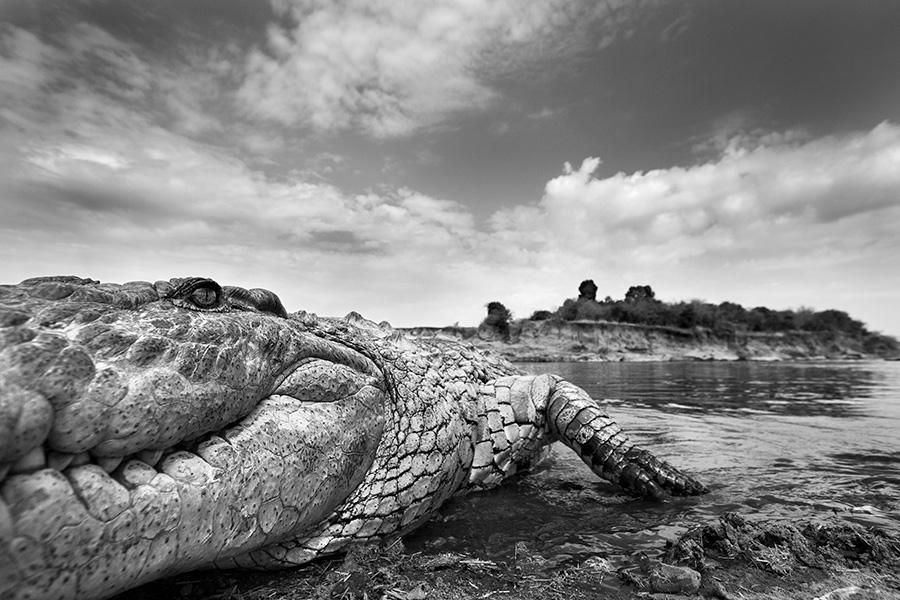
What is your favourite story from all your wildlife adventures?
None, I am afraid. I simply enjoy being in open wild spaces, trying to connect with wild beings.
If you could share some words of wisdom or your top photography tip, what would it be?
I think it is a good idea to think about making a photograph as opposed to taking a photograph. That means identifying what you feel inside and imagining it as a photograph. Hard but rewarding when it comes off.
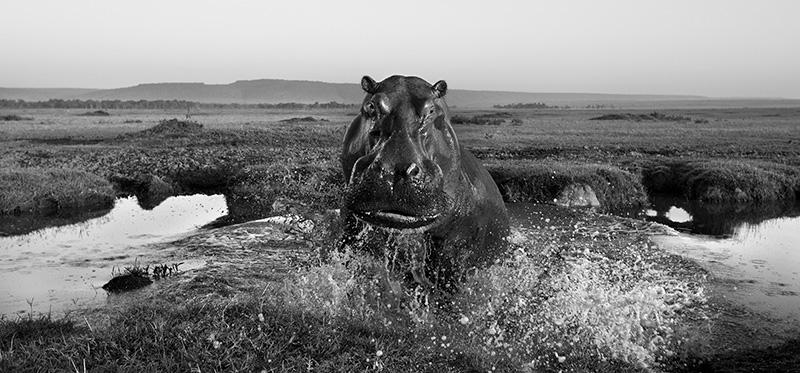
To see more works by Anup Shah, visit his website www.anupshah.com.




